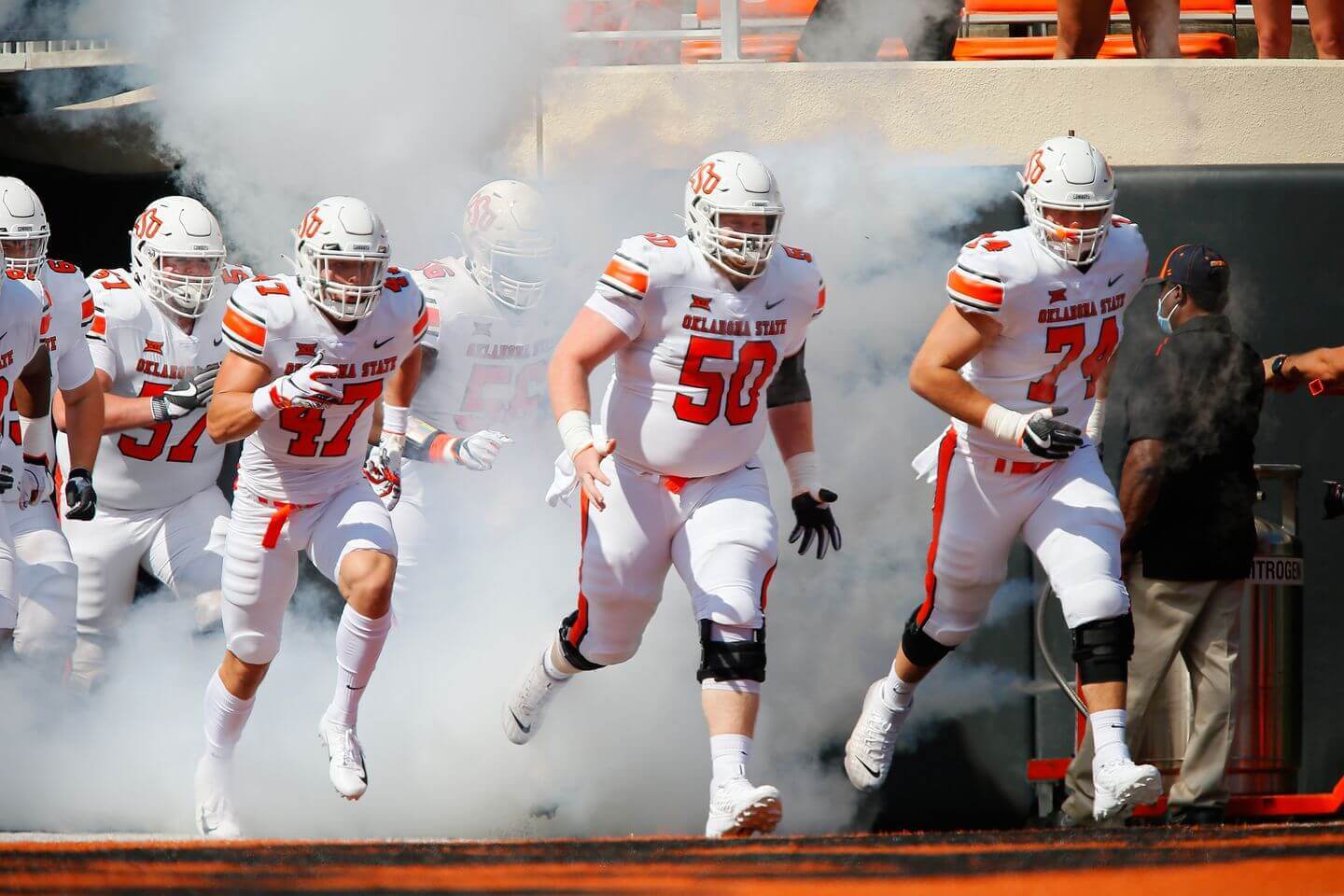CuseLegacy
Moderator
- Joined
- Aug 26, 2011
- Messages
- 95,975
- Like
- 151,620

Sources: NCAA Moving Toward Signing Class Expansion
The move would allow football coaches to replace players they’ve lost to the burgeoning transfer portal.
College football signing classes are expected to soon grow in size.
NCAA officials are moving closer to an immediate expansion of the annual 25-person signing limit as a way for coaches to replace players they’ve lost to the burgeoning transfer portal. The NCAA Division I Football Oversight Committee is finalizing a proposal that would change the signing limit this cycle in what’s being described as a one-year waiver of relief until a permanent policy is created.
Multiple officials spoke to Sports Illustrated under the condition of anonymity given the sensitive nature of ongoing deliberations on the proposals.
A compromise is finally emerging among a group of proposals. Under the plan, schools can sign 25 new players while gaining additional signee spots for every player who transfers out of their program—up to a certain limit. The extra spots would be based on the number of players who enter the transfer portal under their own volition and would be capped at a figure, such as seven.
For instance, a school that loses five players to the portal can sign 30 new players. A school that loses 10 players to the portal can sign 32 new signees, if the cap were seven. The replacement cap has not been finalized.
In fact, other proposals are being discussed as well, including one that simply increases the total signees to 30, 32 or 35. Another proposal, still being vetted, would require a school to use its 25 spots on high school players and would give a school an additional five to seven spots for transfers.
The impetus for immediate action on the topic is a result of policy changes that are leaving—and will leave—many schools well short of the overall 85 scholarship limit. While schools are limited to having 85 scholarship players a year, they are restricted to signing 25 players in a single class. The 100 signees over four years leaves a 15-player wiggle room for natural attrition.
However, there is more movement in the sport than ever before because of a rule change that grants athletes the right to transfer once without penalty. The transfer surge combined with name, image and likeness is resulting in another disturbing trend: coaches steering their recruiting away from the high school level and toward the portal.
Meanwhile, rosters are in for a critical makeover next year, when two classes—as many as 40 players—exit because of a COVID-19-inspired rule granting each athlete an extra year of eligibility.
Officials believe the solution is offering coaches more signee spots, hoping they will use them to both recruit the high school circuit more and to consistently remain near the 85 mark.
“We want to maintain the ability to recruit high school players,” says Todd Berry, the executive director of the American Football Coaches Association. “If we don’t have any corrective legislation, people aren’t going to do that. We’re trying to maintain high school recruitment and make sure universities hard hit by losses to the transfer portal are O.K.”
Proposals were brought before the Oversight Committee last week and then socialized among the conferences this week. The committee meets Thursday to further discuss the topic and potentially approve an immediate move.
It’s a somewhat stunning turn of events. The waiver would expand the 2022 signing class—which coaches are in the midst of amassing—four months before the early-signing period starts.
But not everyone agrees with the proposals. The annual signing limit in football has for years been an argumentative issue. It was originally implemented to disincentivize the trend of coaches cutting or pushing out scholarship players in an effort to over-sign high school players or transfers.
Earlier this year, West Virginia athletic director Shane Lyons and other administrators expressed concern that replacing departures with additional signee spots will “repeat history.” They believe that coaches will exploit the change by pushing out players to create an additional spot for more talented athletes—a reason for the cap on replacements.
However, in the compromise proposal, schools can replace only players who leave for the transfer portal on their own. Schools would not be able to gain additional spots for players dismissed from a team, pushed out by coaches or those who leave early for the NFL draft.

